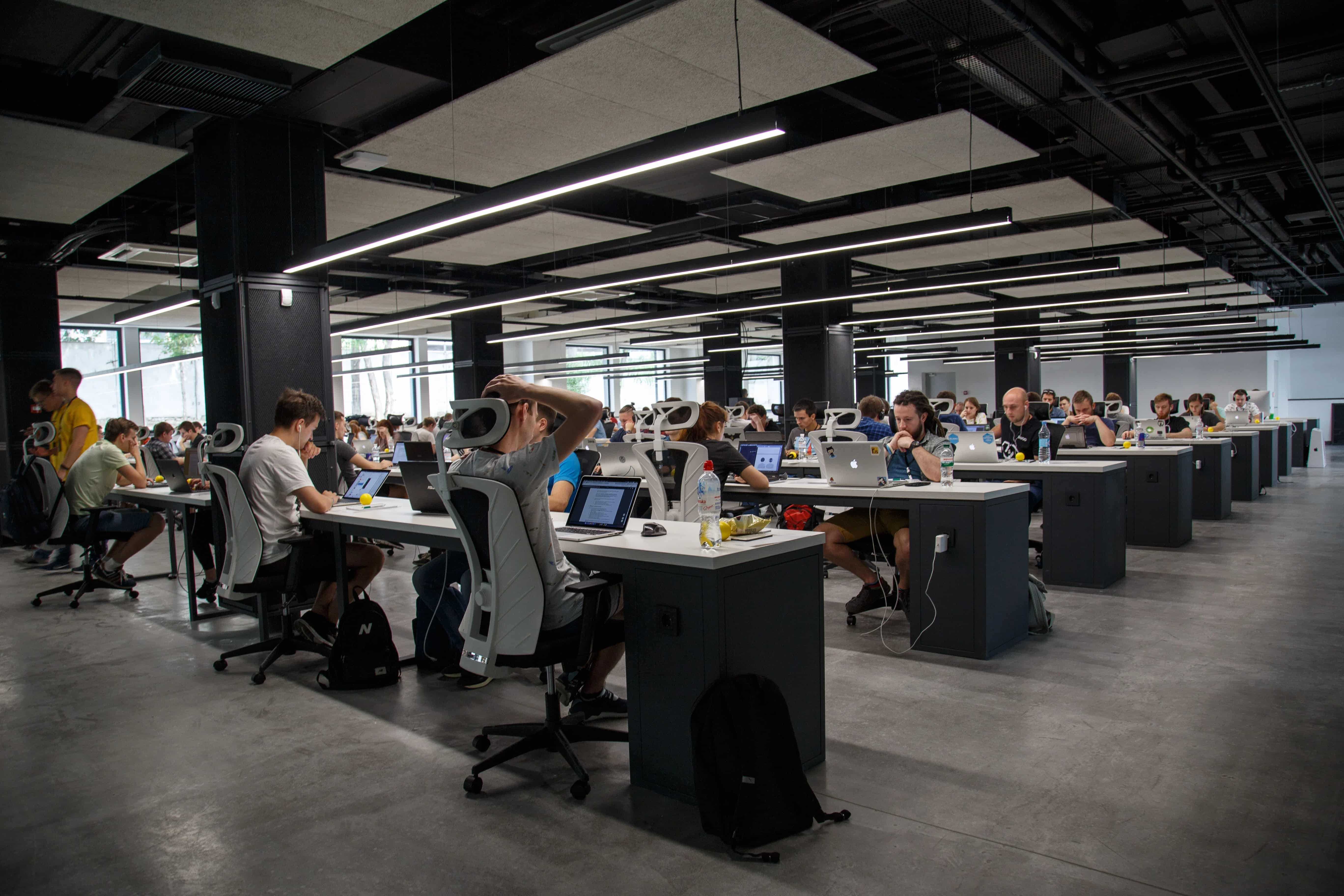Every story about enterprise UX focuses on the challenges of designing in large organizations. But what about the solutions?
Can enterprises actually develop first-class UX design capabilities? As it turns out, the answer is yes.
To learn how, I spoke with Kumar Kolin, current CEO of Cloudx and former Deputy CIO, who lead a UX design revolution within a Fortune 100 enterprise.
Before this transformation, the enterprise’s IT department had around 1,000 employees and contractors. Afterward, the department employed over 1,700 people. And their budget had doubled.
This growth was due to renewed confidence from business stakeholders in IT — confidence based largely on the department’s new UX design capabilities.
The rest of this article explains how Kumar helped guide a small team within the IT applications group to a state-of-the-art UX design operation.
This story covers:
- How better UX capabilities help address common enterprise IT challenges
- Exactly how Kumar built support for UX design within the organization
- The unexpected solution to building an ideal environment for design inside an enterprise
Editor’s Note: For the sake of confidentiality, we’ve avoided using the company’s name or disclosing any proprietary information about the organization.
Common Drivers of Enterprise UX
Before we look at how to overhaul an enterprise's UX design resources, it’s important to understand the common challenges that drive the need for better UX.
Kumar highlighted these common IT challenges during our conversation:
1: Pressure for IT to reduce spending, and a shift toward business-driven and business-controlled IT spend
2: A reticence on the part of business stakeholders and employees to go to IT for solutions
3: The consumerization of IT has raised the expectations of employees regarding business software
4: Business stakeholders expect a high level of UX design without investing budget to support it
5: The IT organization lacking the brand permission to prioritize the user experience, and gaining a reputation as design luddites as a result
Taken together, these factors motivated Kumar to position UX and UI design as a core competency of IT. He knew world-class UX design would be the true catalyst for increasing user adoption and winning business trust in the IT organization.
Building Support and Momentum for UX and Design-Thinking
For Kumar and the applications team (which existed as an arm of the IT org) interest in user experience really began to gather momentum inside the enterprise around 2011.
Popularized by organizations like IDEO and the NN Group, concepts like human-centered design and design thinking began to creep into the consciousness of the business stakeholders.
Design thinking posited a way to solve complex problems — particularly those involving the user experience — and curiosity began to grow.
Around the same time, there were several other important movements underway in business technology.
In particular, the development team began building software using an Agile approach instead of Waterfall, and projects were being delivered more rapidly.
Business stakeholders were pleased with the development’s newfound efficiency, and they appreciated the new philosophy that Agile brought to the company.
After noticing the success of Agile, Kumar and the applications team saw their opportunity to advocate for UX design.
The team that knew before business stakeholders could be convinced, they needed the support of their IT colleagues. So they planned a series of workshops to educate their peers on the importance of the user experience.
Here’s how they structured their curriculum:
UX is like The Force: It’s All Around Us
This first workshop the applications team presented focused on the ubiquity of the user experience. The content stressed that every time you interact with a service, object, or piece of technology, you’re doing so as a user. And you’ll have an opinion about that experience — either great, terrible or somewhere in between.
To further convey the point, participants in the workshop were asked to recall a recent interaction and give three reasons why the experience was good or bad.
This exercise helped establish the ongoing, fundamental role the user experience plays in application design, and why everyone in IT should be concerned with usability.
Empathy and Levels of Listening
After the first workshop highlighted the importance of UX, the next step was to educate the IT department on the role empathy played in the design process.
Highlighting the importance of empathy served two goals:
1: To showcase the importance of user research and empathizing with the user
2: To train developers and other IT staff on the importance of communication and listening
Elevating UX in a Software Project
Once the groundwork was laid, the applications team held a workshop that focused on the practical side of UX design.
This is where they outlined a new approach to developing applications — one that emphasized the user experience at every stage of the process.
The applications team first explained the process of human-centered design, and then made the argument that UX design has a part to play in every project, too — even if the application only served developers or didn’t have any screens.
The reasoning followed the same logic that already existed for all IT projects: if you want an optimal result, you need to include the proper resources.
In the past that meant security specialists or quality assurance. Now, the applications team argued it should mean usability experts and designers.
The applications team argued a compelling case, and their colleagues from across the IT department agreed UX design should be an integral part of the application development process.
This was a major step forward, but the business stakeholders still needed to be convinced. However, that’s a topic for another article. Suffice it to say that after a long discussions, the budget was secured for increasing UX’s prominence in the IT organization.
Becoming a State-of-the-Art User Experience Organization
The applications team knew they wanted UX professionals to be embedded in the development process, but the exact implementation was unclear.
Several pathways were explored to build a better foundation for UX design. After several experiments, the team arrived at a bold conclusion: they shouldn’t hire designers that wanted to specifically to work in the enterprise.
The logic was
- Internal design teams tended to get tunnel vision, which stifled their innovative capabilities.
- The culture of an enterprise was in direct conflict with what designers actually needed to do their best work.
But this approach had problems. Kumar and the applications team wanted IT to be viewed as user experience leaders, and to get there they needed to convince the entire organization that they could deliver software and services people loved.
They needed to have an in-house team.
The Dawn of Design Studios
The applications team knew they wanted the culture and skill level of an agency, so eventually they decided to build their own internal agency.
This approach gave the team the best of both worlds. Designers could establish their own team culture, while also staying aligned with the array of other teams involved in the development process.
This was an entirely new way to approach building software and delivering services in this enterprise. Instead of building silos, the agency model allowed cross-functional teams to more efficiently and more effectively solve problems.
The internal agency was called a studio, and as the name implies, small teams were assigned to work on specific projects.
The studio model accomplished several things:
- It established a flourishing design culture that allowed for true collaboration and innovation
- It instilled a sense of pride in the work that everyone in the studio was doing
And the business results were impressive too.
- Employees adopted software developed by IT as a much higher rate
- On-time delivery of projects increased by double digits, because the dev team had easier to use resources
- And the IT budget doubled
***
Transforming enterprise UX from an afterthought to a core competency is a daunting task.
You’ll need to establish a battle plan for rallying colleagues to your cause, lobby for more budget, and work out how to embed UX designers into the application development process.
But in the end, it’s worth it. UX design is just as relevant in the enterprise as it is for consumer software. And elevating your in-house design and usability resources will have a substantial impact across the IT organization — and the company at large.






